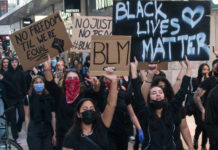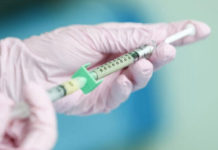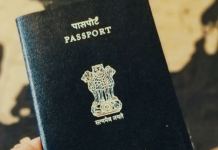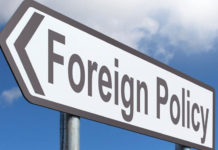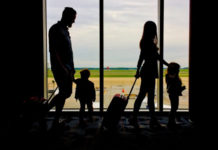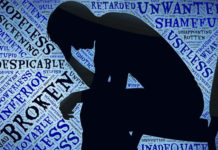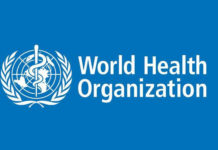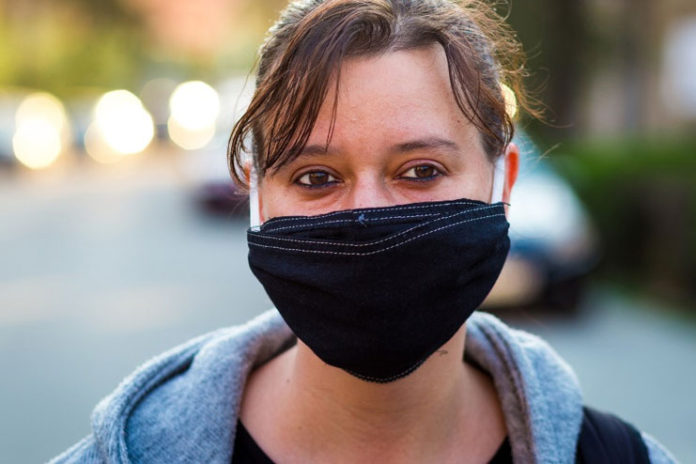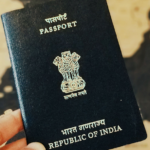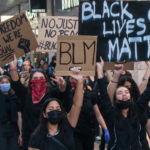The World Health Organisation has updated some of their guidance based on some of the evolving evidence over the course of days. They have issued some new insights on who should wear masks, when they should wear it and what kind of material the same should be made of.
Dr TedrosAdhanom Ghebreyesus, Director-General of WHO revealed all the latest evidences and the guidelines associated with the same. He further ascertained the people from not developing a false sense of security with masks, thinking that it is enough to protect them against the wrath of the Covid-19.
He further asserted that wearing masks is not enough if the associated preventive measures are not adhered to.
WHO clarified that wearing masks is not a complete alternative or replacement for social distancing, hand hygiene and all the other guidelines that have been issued by WHO and CDC.
“I cannot say this clearly enough: Masks alone will not protect you from COVID-19. Masks are only a benefit as part of a comprehensive approach,” said Dr Ghebreyesus.
The significance of wearing masks is for the healthy individuals to protect them from coming in direct contact with the infected individuals. It is also for source control, which means that it is worn by the infected people to further prevent the transmission of the virus to someone else in close vicinity.
However, WHO has specified that wearing mask alone is not enough to prevent from contracting the virus, especially if the other protocols are not followed. Both personal and community level precautions need to be taken to ensure suppression of the virus in due time.
What are the new guidelines?
In some of the areas of widespread risks of transmission like the medical facilities, WHO has adviced every working medical professional to wear masks for every individual that is working in the clinical facilities and not just the patients that are working directly in the Covid-19 wards.
What this ensues is the fact that a doctor who is stationed for a daily ward round in a pediatric unit which doesn’t have any Covid-19 patients stationed in, they should still wear a mask to keep them and the patients safe.
In the countries or the areas which have reported signs of extreme community transmission, it is necessary for the individuals above the age of 60 or the ones with any underlying health condition of chronic disease to wear masks, especially around the areas where physical distancing is not possible.
WHO, in its updated guidance list, has also mentioned that the people residing in areas with community transmission and difficult signs of social distancing, like that in the shops and public transport, wearing a mask should be made mandatory.
What is the same in terms of guidelines?
With some of the additional new guidelines, there are a few other that have remained constant even now. WHO still recommends the people showing signs or symptoms of Covid-19 to stay at home and self-isolate and only seek hospital rounds in case the symptoms get worse and not manageable at home.
The people that are confirmed for Covid-19 should be taken to a healthcare facility and treated there. Contact tracing should be done and the ones in their contact should be self-isolated immediately.
In case it is necessary for a sick person to leave their house, it is necessary that they wear masks before leaving their house.
What material of masks is safe to wear?
As per the latest research and the evaluation, WHO has advised people for wearing the fabric masks that come with a three-layer design.
The details on the specific fabric of masks that are best suited is available on their official website, if that is something you want to look into.
WHO has also advised special washing protocols for the masks and important insights when it comes to disposing off the used masks.
What are the dangers of self-contamination?
One of the most common factors that people aren’t aware of is the mismanaged disposal or usage of the masks. Self-contamination is very common if one keeps touching their masks and then putting the same hands inside their eyes, nose, mouth or ears.
WHO has further clarified that self-contamination can occur when a medical mask becomes wet and soiled but is again worn without washing. It can later result in skin rashes, dermatitis or even worsening signs of acne.
Masks often create a false sense of security in the minds of the people, which can make them adhere less to the other important preventive measures and protocols that can further spread the virus without people knowing about it.
How to wear and take off masks properly?
Wearing masks is not as simple as it sounds. There are quite a few important factors and protocols that people need to adhere to. Some of them have been mentioned in points below.
- Make sure to sanitise your hands first before putting on the mask
- Wear the mask carefully, ensuring that it is secured around the nose, ears and the mouth. Adjust on the bridge of the nose as well
- Avoid touching the mask with bare hands while you are wearing it
- While taking off the mask, make sure to avoid pulling the mask off from the front and instead, take it out from the ears
- Once you are done taking off the mask, dispose it off carefully and ensure to sanitise your hands before touching your face
- If you are using the single-wear masks, make sure that you do dispose them off and not reuse them
Wearing masks is to keep you protected but it is necessary that you avoid being reliant on just the mask. Practice social distancing and keep the necessary updates all throughout.




